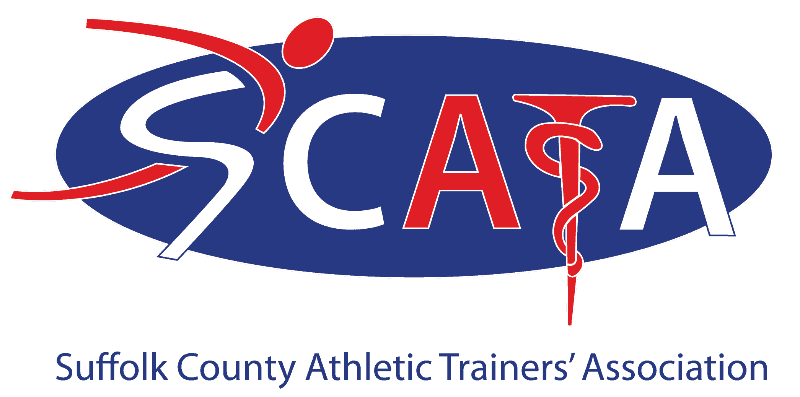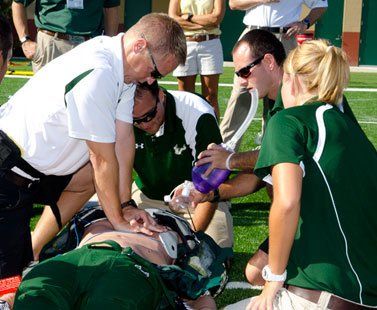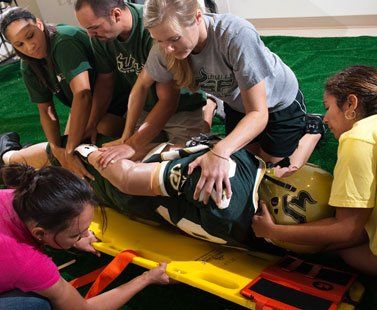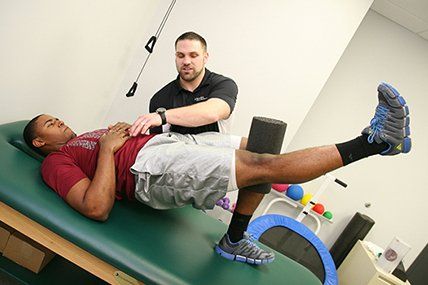Immediate & Emergency Care
Integrating best practices in immediate and emergency care for optimal outcomes
Planning for Emergencies
ATs have a responsibility to identify and use evidence-based standards of care in preparation, implementation and
management of emergency situations. The preparation begins prior to an immediate and emergency situation through
the development of an emergency action plan (EAP) identifying emergency personnel, equipment, transportation and
communication. ATs have a vast knowledge of medical conditions that can quickly become emergencies, such as asthma,
sickle cell trait, hypertension and diabetes. Additionally, they have extensive knowledge of environmental conditions, such as
heat, cold and lightning.
ATs practice in various settings, and maintain high level of preparation and proficiency in all aspects of immediate and
emergency care. This ability is critical to minimizing risk to the injured participant.
Managing Emergencies
The profession of athletic training is unique in that the Athletic Trainer is often present at the time of an injury or emergency.
ATs have a vast knowledge of medical conditions that can quickly become emergencies, and because ATs are often on-site,
they are the primary healthcare professionals qualified to intervene. ATs manage many injuries that are considered relatively
minor; however, ATs are frequently challenged to react and respond to a wide variety of unpredictable emergency situations.
These immediate and emergency injuries and illnesses can occur during any physical activity, thus requiring knowledge and
skill in the preparation, implementation and management of emergency situations.









